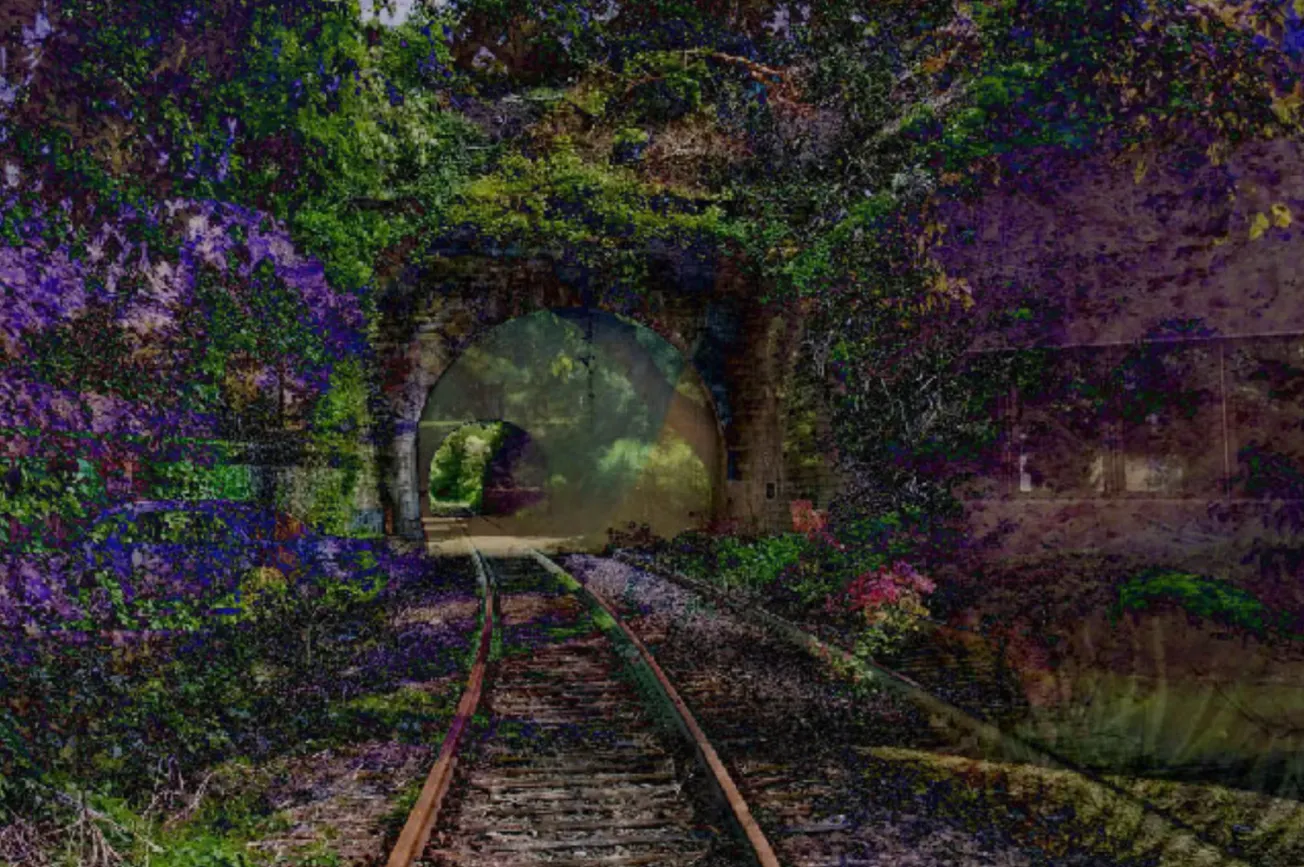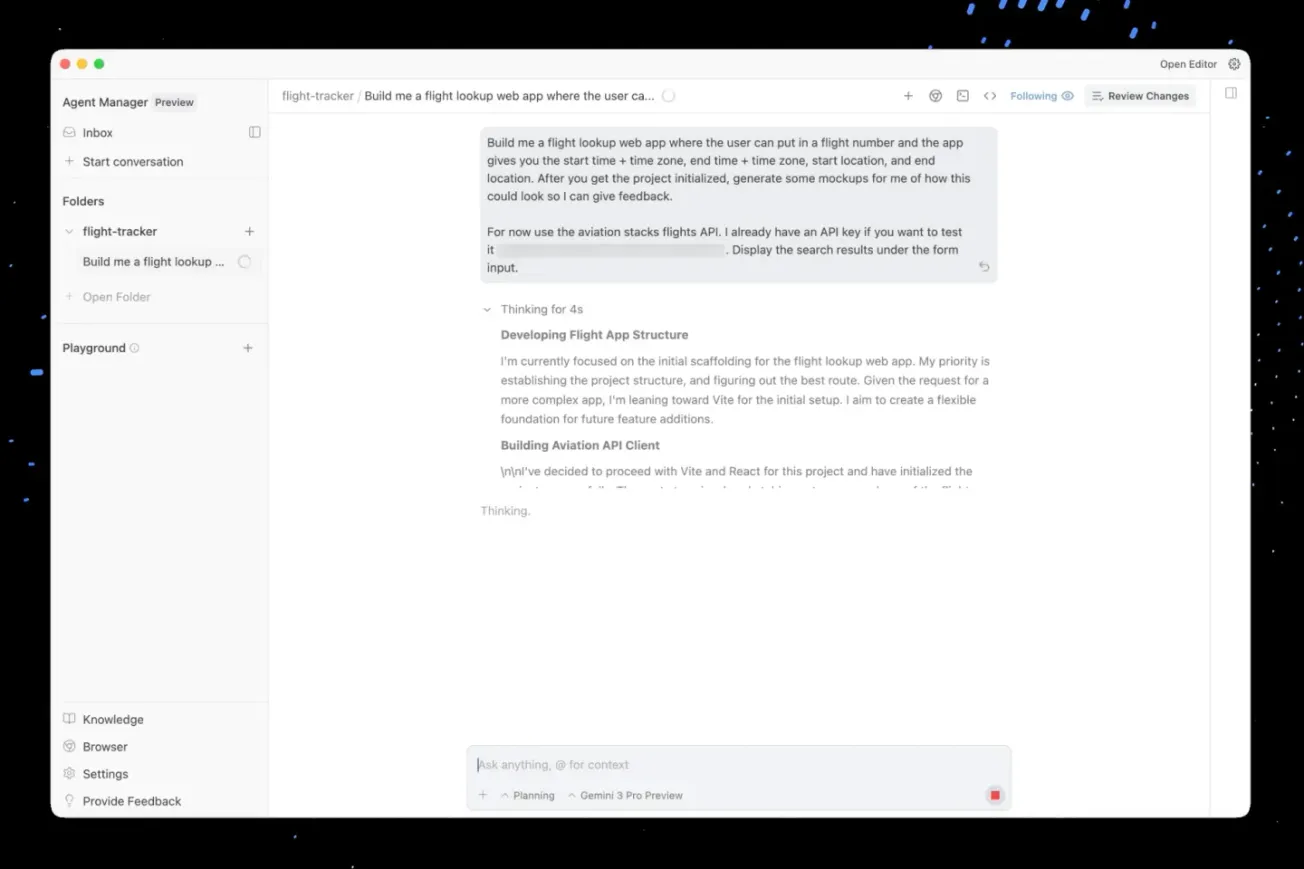A significant legal precedent has been set as a federal judge in Washington, D.C., ruled that artwork produced by artificial intelligence (AI) lacks the "human involvement" necessary for copyright protection. This ruling aligns with a previous decision by the United States copyright office in March, marking the first time that such legal boundaries have been established for AI-generated art. This development shines a spotlight on the complex terrain where aesthetics and originality intersect with the legal realm, introducing a new chapter in the discourse on the creative and legal aspects of AI-generated art.
A significant legal precedent has been set in the art as a federal judge in Washington, D.C., ruled that artwork produced by artificial intelligence (AI) lacks the "human involvement" necessary for copyright protection. This ruling aligns with a previous decision by the United States copyright office in March, marking the first time that such legal boundaries have been established for AI-generated art. This development shines a spotlight on the complex terrain where aesthetics and originality intersect with the legal realm, introducing a new chapter in the discourse on the creative and legal aspects of AI-generated art.
The ruling resulted from a case brought before Judge Beryl A. Howell of the US District Court for the District of Columbia. The case revolved around an artwork titled "A Recent Entrance to Paradise," an AI-generated two-dimensional image of train tracks beneath a lush stone arch. The artist behind this creation, computer scientist Stephen Thaler, utilized his own AI system known as "Creativity Machine" to produce the work. Thaler, who is also the founder of Imagination Engines, a company specializing in artificial neural network technology, sought copyright protection for the artwork, which was denied by the copyright office in June 2022.
In her decision, Judge Howell concurred with the US Copyright Office's stance that works generated without human involvement are ineligible for copyright protection. This underscores a fundamental tenet of copyright law, which asserts that copyright-worthy works must emanate from the creativity of human authors. Thaler's description of the work as "autonomously created by a computer algorithm running on a machine" ran counter to this principle, leading to the initial rejection by the copyright office's review board.
The judge acknowledged the evolving landscape of art in the age of AI, recognizing the emergence of generative AI platforms like OpenAI's ChatGPT, DALL-E, and Midjourney. These platforms have propelled discussions around appropriation art, a domain where the boundaries of artistic creation blur. Notably, legal battles in this realm, such as those involving artists Richard Prince and the estate of Andy Warhol, often grapple with nuanced conclusions due to the transformative nature of AI-generated artworks. This legal precedent, however, heralds a new dimension as it pertains specifically to copyright protection for AI-generated art.
While Thaler's attorney, Ryan Abbott, intends to appeal the court's judgment, the broader implications of this case resonate in the ongoing dialogue between creativity, technology, and the law. The case raises pivotal questions about the nature of authorship, originality, and artistic expression in an era where machines are increasingly becoming creative collaborators. Thaler's argument that providing copyright protection to AI-generated works aligns with the principles of copyright law underscores the need to reconsider established frameworks in light of technological advancements.
In essence, this legal decision marks a watershed moment in the conversation surrounding AI-generated art and copyright protection. As the realm of AI-generated creativity continues to evolve, legal frameworks must adapt to accommodate these emerging forms of artistic expression. The journey ahead encompasses a nuanced exploration of creativity, the human-machine relationship, and the delicate equilibrium between protecting creators' rights and fostering innovation in the digital age.







